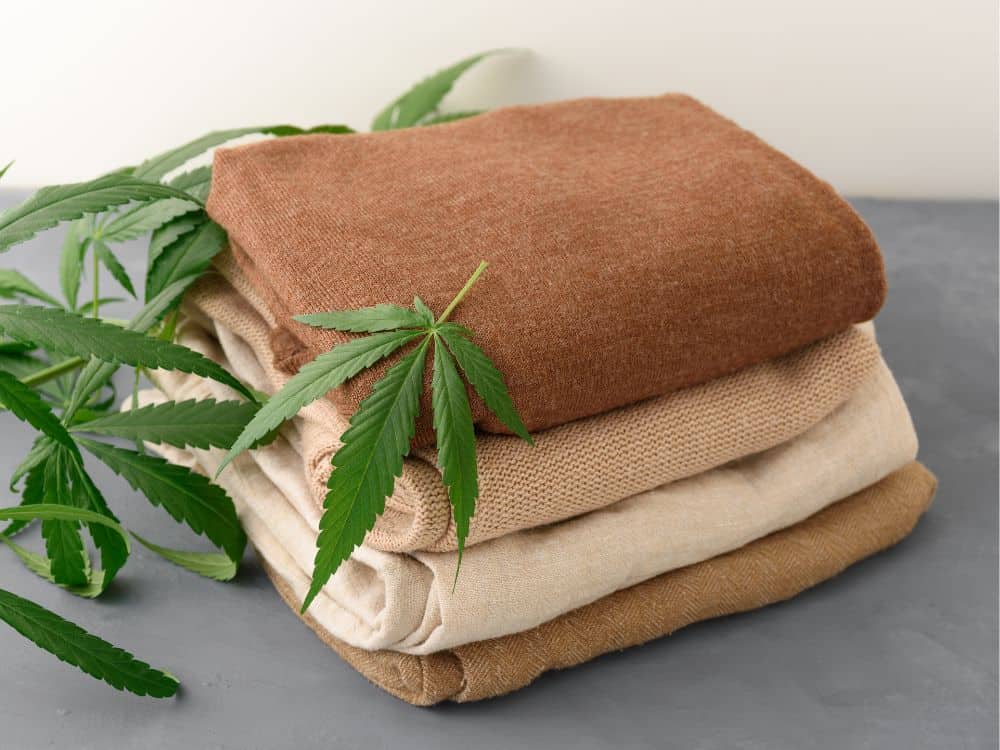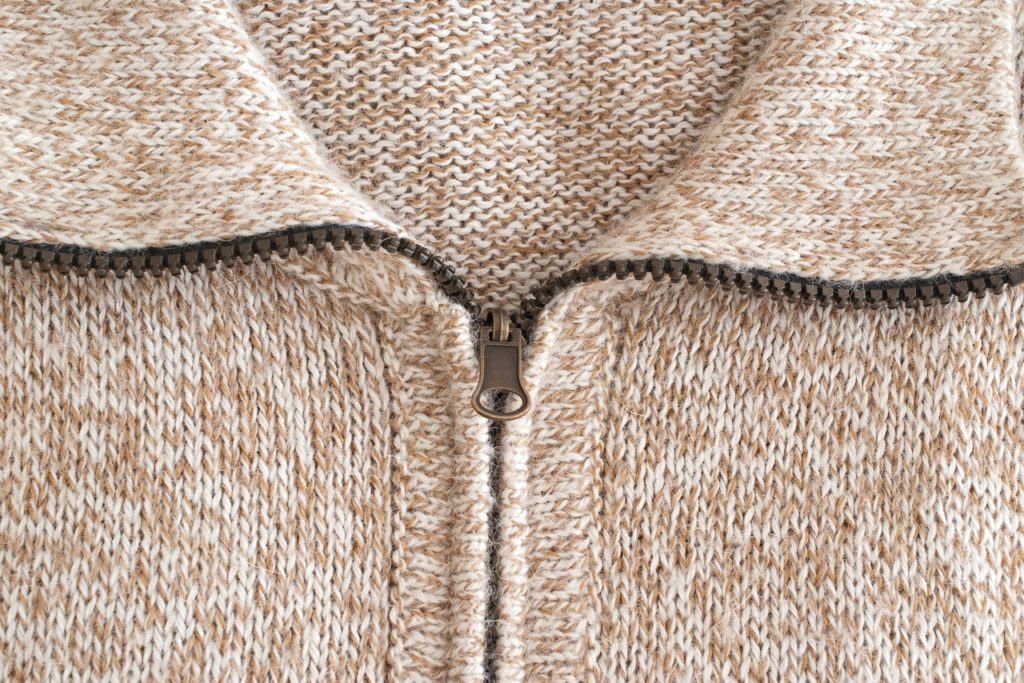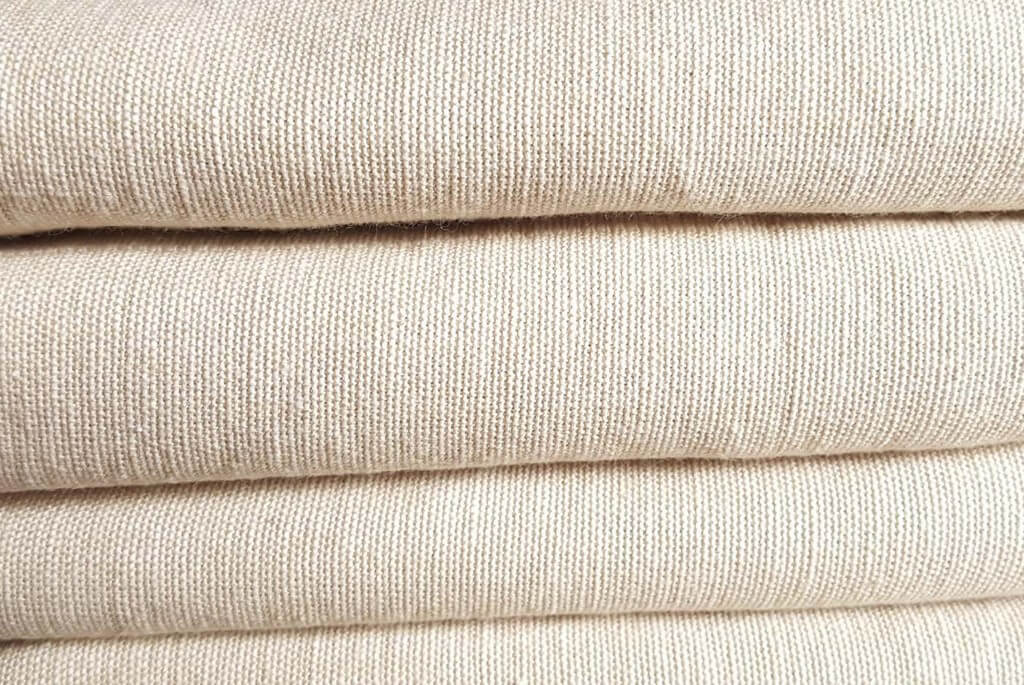Top Reasons On Choosing Hemp Clothing
Wiki Article
What Does Hemp Compare To Cotton In Terms Water Use, Pesticides/Herbicides?
Hemp is a more eco-friendly crop than cotton for a variety of reasons.
Hemp- Hemp is well-known for its relatively minimal water needs when compared to a variety of other crops, such as cotton. It is thought to be a drought-resistant plant that can thrive even with only a small amount of irrigation. Hemp is typically grown by using rainwater alone.
Cottonis a commodity that is known for its high water consumption. Cotton farming requires extensive irrigation that could lead to water shortages in the local area and even loss of water resources in areas under water stress. Cotton cultivation is water-intensive, which has raised concerns over its sustainability.
Pesticides and herbicides
Hemp - The hemp's natural resistance to a variety of pests, diseases and weeds reduces the use of synthetic pesticides. Certain hemp crops may require pest control measures. However, the total usage of chemical inputs for certain crops is lower like cotton. It is possible to grow organic hemp without the use of pesticides.
Cotton- Conventional conventional cotton farming heavily relies on synthetic pesticides. Herbicides are also employed to manage the growth of weeds. These chemicals have negative effects on the environment. This is a case of water and soil contamination and also damaging animals that are not targeted and pesticide resistance.
Summary: Hemp is a more eco-friendly crop in terms of the use of water, pesticides, and herbicides.
Hemp is a plant that requires less water than other crops and can be cultivated without the need for irrigation or rain.
Hemp is a natural ally to a variety of diseases and pests, reducing the need for synthetic pesticides.
Hemp farming uses fewer synthetic pesticides, herbicides, and fertilizers than cotton.
It's crucial to be aware that sustainable and environmentally friendly methods vary among cultivators. Organic farming practices can also help in the long-term sustainability of hemp as in cotton, by reducing the amount of synthetic chemicals that are used and improving the health of the soil. Regarding the impact of climate change on clothing and textiles choosing organic and sustainably produced fabrics can help lessen the ecological footprint. Check out the top rated more tips here on hemp clothing for website advice including patagonia iron forge pants, hemp shorts patagonia, hemp sportswear, patagonia hemp jacket, hemp hoodie, hemp tank top, women's all seasons hemp canvas bomber hoody jacket, organic hemp hoodie, hemp apparel fabric, hemp shirts and more.

How Is Hemp Clothing Better In Terms Of Functionality And Performance Than Traditional Fibres.
Hemp clothing offers a variety of practical and technical advantages over conventional fibers while also being environmentally friendly. Here are a few ways hemp clothing sets itself in a way as an eco-friendly, high-performance option for moisture wicking and breathability.
Hemp fibers are highly absorbent and moisture-wicking. It makes hemp clothes suitable to wear in a range of climates. They assist in wicking the water away from your body. This can keep you dry and cool and minimize the risk of bacteria and odors.
Temperature Regulation
Hemp clothing has excellent thermoregulating properties. It keeps you warm in cool weather by trapping heat close to the body. It can also help keep you cool in hot temperatures by allowing heat and water to escape. The natural thermoregulation process can decrease the frequency of clothing changes.
Durability-
Hemp fibers are renowned for their toughness. Hemp clothing tends to be more durable and resistant to wear and tear compared to other traditional fibers such as cotton. Hemp clothing is durable, meaning they can last longer and lessen the requirement for replacements and consequently, reduce their impact on the environment.
UV Protection
Hemp fibers shield the skin from harmful UV radiations. This is especially useful for outdoor sports and activities.
Biodegradability:
Hemp clothes are biodegradable, which means it will break down naturally over time when disposed of. It's an excellent option to reduce the waste of textiles and its impact on the environment.
Low Environmental Impact
Hemp cultivation usually requires less synthetic herbicides and pesticides as compared to conventional cotton. Hemp also uses less water and is therefore a more sustainable alternative. The environmental benefits of hemp grown organically are even more pronounced.
Carbon Sequestration
Hemp can be utilized to absorb CO2 from the atmosphere. As a result, hemp cultivation can act as carbon sinks, helping to lower greenhouse gas emissions.
Sustainable Crop Rotation and Sustainability-
Hemp can be incorporated into crop rotation strategies, improving overall soil health while reducing the risk of soil depletion and buildup of diseases. This method of farming that is sustainable contributes to its eco-friendliness.
Versatility:
Hemp fibers may be blended together with other materials (such organic cotton or recycled polyester) to make eco-friendly, high performance blends of fabric. This flexibility allows the creation of sustainable, innovative textile products.
Low Toxicity
Hemp fibres are low in toxicity by nature, and they do not require chemical processing. They reduce the environmental impacts of the production of textiles.
It is essential to remember that even though hemp offers numerous eco-friendly and functional benefits however, its overall sustainability depends on factors such as the dyeing process, transportation and ethical practices for work. In order to make environmentally-conscious choices, consumers can look for brands that are committed to transparency, sustainability, ethical manufacturing practices, and hemp, or other sustainable fibers. View the recommended basics on hemp clothes for website tips including hemp golf shirts, 100 hemp clothing, 100 hemp t shirt, hemp fleece fabric, hoodlamb coat, hemp boxer shorts, hemp yoga clothes, hemp pants womens, hemp sweater, 100 hemp clothing and more.

What are the differences between hemp and bamboo fibers?
Both bamboo and hemp fibers are plant-based fibres that are used to create textiles. Each has distinct characteristic and properties. These are the main distinctions between hemp and bamboo fibers. Plant Source-
Hemp- Hemp fibres are formed from the outer layer of stalks. Hemp has been used to serve a variety of purposes throughout the centuries. It is a rapid-growing multi-purpose plant.
Bamboo fibers- Bamboo fibers come by removing the woody part of the bamboo plant. Bamboo is a fast-growing species of grass, known for rapid renewal and durability.
2. Fiber Characteristics
Hemp Fibers- Hemp's fibers are highly durable and strong. They are a natural fiber that soften and become softer after washing, which makes them perfect for the production of long-lasting textiles.
Bamboo fibers are silky and soft. They are not as strong as hemp fibers, and they can be more delicate, but they are prized for their comfort against the skin.
3. Texture and Feel
Hemp- Hemp fabrics have rough, somewhat coarse feeling in their natural state. It is a comfortable fabric however it has a different texture compared to bamboo.
Bamboo- Bamboo fabric is soft, silky and luxuriously soft. It is often compared with silk, which is a blend of twill. This makes it very comfy.
4. Breathability, Moisture Wicking and Breathability-
Hemp- Hemp fabrics are naturally moisture-wicking. This allows for more air circulation, and they absorb water. They are a great way to keep cool during hot summer days.
Bamboo fibers also have the ability to absorb water and are extremely air-tight. They also have micro-gaps which increase their ability to regulate humidity and temperature, which keeps you comfortably in any weather.
5. Environmental Impact-
Hemp Hemp is regarded as an eco-friendly fiber because of its fast growth, minimal water requirements and resistance to insects, which makes it less important to apply pesticides. It can sequester CO2 from the air as it grows.
Bamboo is renowned for being eco-friendly. It is highly robust, it grows quickly and requires minimal water. Moso is one of the most sustainable bamboo species.
6. Processing-
Hemp Fibers Hemp fibers are subject to a lot of processing that is needed to separate the outer bast from the wood core. Processing may involve retting, decortication, and mechanical separation.
Bamboo The bamboo fibers are usually produced through a chemical procedure called the viscose or rayon process. The bamboo pulp is then broken down with chemicals. Closed loop systems are employed to eliminate the chemical waste from certain bamboo textiles.
7. Versatility-
Hemp- Hemp can be used to make a variety products, such as clothing as well as textiles, paper and other building materials.
Bamboo- Bamboo is mostly used in the production of clothes and textiles. However, it can also appear in other products such as bed linens and towels.
Both hemp, and bamboo are unique and have benefits for sustainability. Choose between hemp and bamboo according to the qualities and characteristics you're looking for, as well as your environmental preferences. Follow the most popular bamboo clothing for more tips including bamboo ave shorts, t shirts bamboo, bamboo boxer shorts, dixxon bamboo shirt, bamboo tee shirts wholesale, bamboo shorts mens, bamboo jeans brand, bamboo dress socks, bamboo leggings, bamboo newborn clothes and more.
